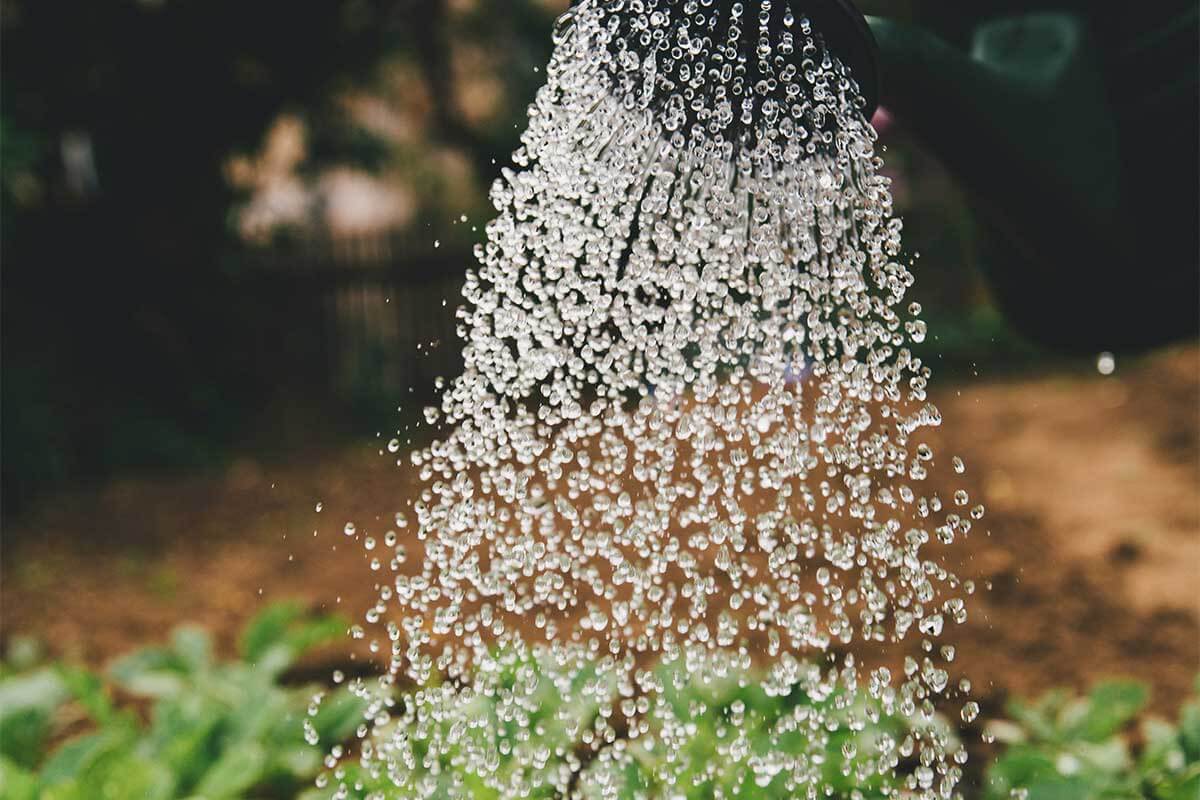Water is one of the most precious resources on any homestead. With increasing awareness of water scarcity and the importance of sustainable living, finding innovative ways to reduce water consumption while promoting healthy, abundant crops is crucial. Here are some non-obvious tips that can help you achieve this balance—without sacrificing your harvest. In fact, many of these will increase crop yields while decreasing water consumption!
1. Utilize Deep Mulching Techniques
Mulching is well-known, but deep mulching takes this practice a step further. By applying a thick layer of organic mulch (such as straw, leaves, or wood chips) around your plants, you can significantly reduce water evaporation from the soil. Deep mulching also helps regulate soil temperature and suppresses weed growth, which can compete with your crops for water.
2. Incorporate Hügelkultur Beds
Hügelkultur is an ancient gardening method that involves creating raised garden beds filled with decaying wood and other organic matter. These beds act like sponges, retaining moisture and releasing it slowly over time. This technique not only conserves water but also enriches the soil with nutrients as the organic matter decomposes.
3. Implement Drip Irrigation Systems
While traditional irrigation methods can waste a lot of water through evaporation and runoff, drip irrigation delivers water directly to the root zone of plants. This targeted approach ensures that water is used efficiently and reduces overall consumption. Additionally, using timers and moisture sensors can further optimize water usage by ensuring plants are only watered when necessary.
4. Harvest Rainwater
Rainwater harvesting is an excellent way to supplement your water supply. Installing gutters and downspouts to direct rainwater into storage tanks or barrels can provide a free and sustainable source of water for your crops. Using rainwater also reduces the demand on your primary water supply and can help you get through dry spells.
5. Select Drought-Resistant Varieties
Choosing crop varieties that are naturally drought-resistant can make a significant difference in your water usage. Many heirloom and native plant species have evolved to thrive in low-water conditions. Research and select varieties that are well-suited to your local climate and soil conditions.
6. Practice Soil Health Management
Healthy soil is key to efficient water use. Practices such as cover cropping, composting, and avoiding soil compaction can improve soil structure and increase its water-holding capacity. Healthy soil not only retains moisture better but also supports robust plant growth, reducing the need for frequent watering.
7. Optimize Plant Spacing
Proper plant spacing can reduce water consumption by minimizing competition for resources. Overcrowded plants can struggle for water, while well-spaced plants have better access to the water and nutrients they need. Additionally, proper spacing improves air circulation, which can reduce the risk of disease and further promote healthy crops.
8. Create Microclimates
Using structures such as shade cloths, windbreaks, and reflective mulches can create microclimates that reduce water loss. Shade cloths can protect plants from excessive sun exposure, while windbreaks reduce evaporation caused by wind. Reflective mulches can help keep soil cooler and reduce evaporation.
9. Implement Greywater Systems
Greywater systems recycle water from household activities such as bathing and laundry for use in your garden. By diverting greywater to your crops, you can significantly reduce your reliance on freshwater sources. Ensure that any greywater used is free of harmful chemicals and safe for plants.
10. Monitor and Adjust Watering Practices
Regularly monitoring soil moisture levels and adjusting your watering practices accordingly can lead to significant water savings. Tools such as soil moisture meters can help you determine when and how much to water your crops. Additionally, watering early in the morning or late in the evening can reduce water loss due to evaporation.
Promoting Healthy Crops and Water Conservation
By implementing these non-obvious tips, you can create a homestead that not only conserves water but also supports healthy and abundant crops. Each of these practices contributes to a more sustainable and efficient use of water, ensuring that your homestead thrives even in challenging conditions. Embrace these techniques to make the most of your water resources and promote a thriving, resilient homestead.
For a deep dive on each of these 10 water-saving, crop-enhancing techniques, go to community.homestead.tv and join the free course!
